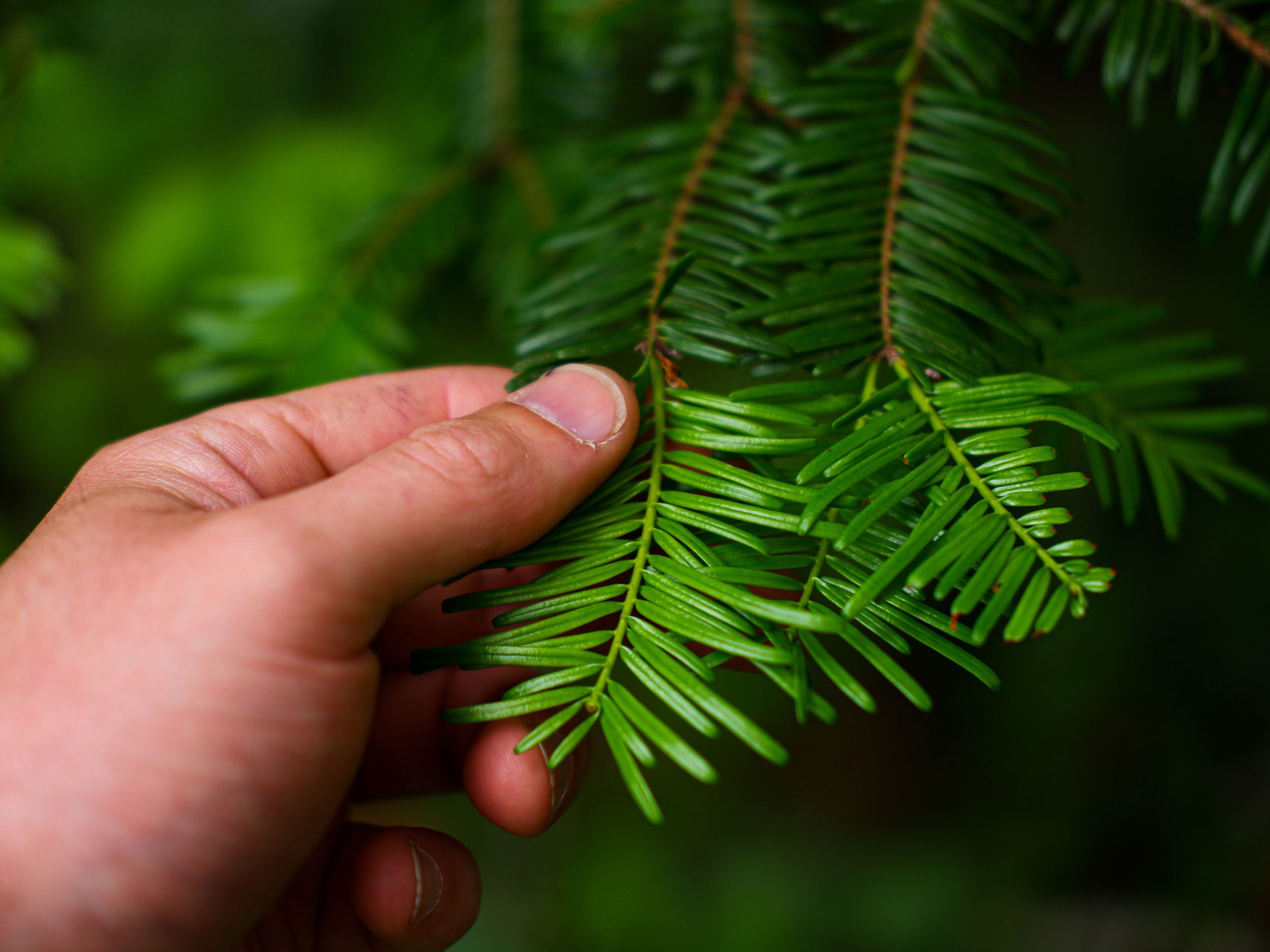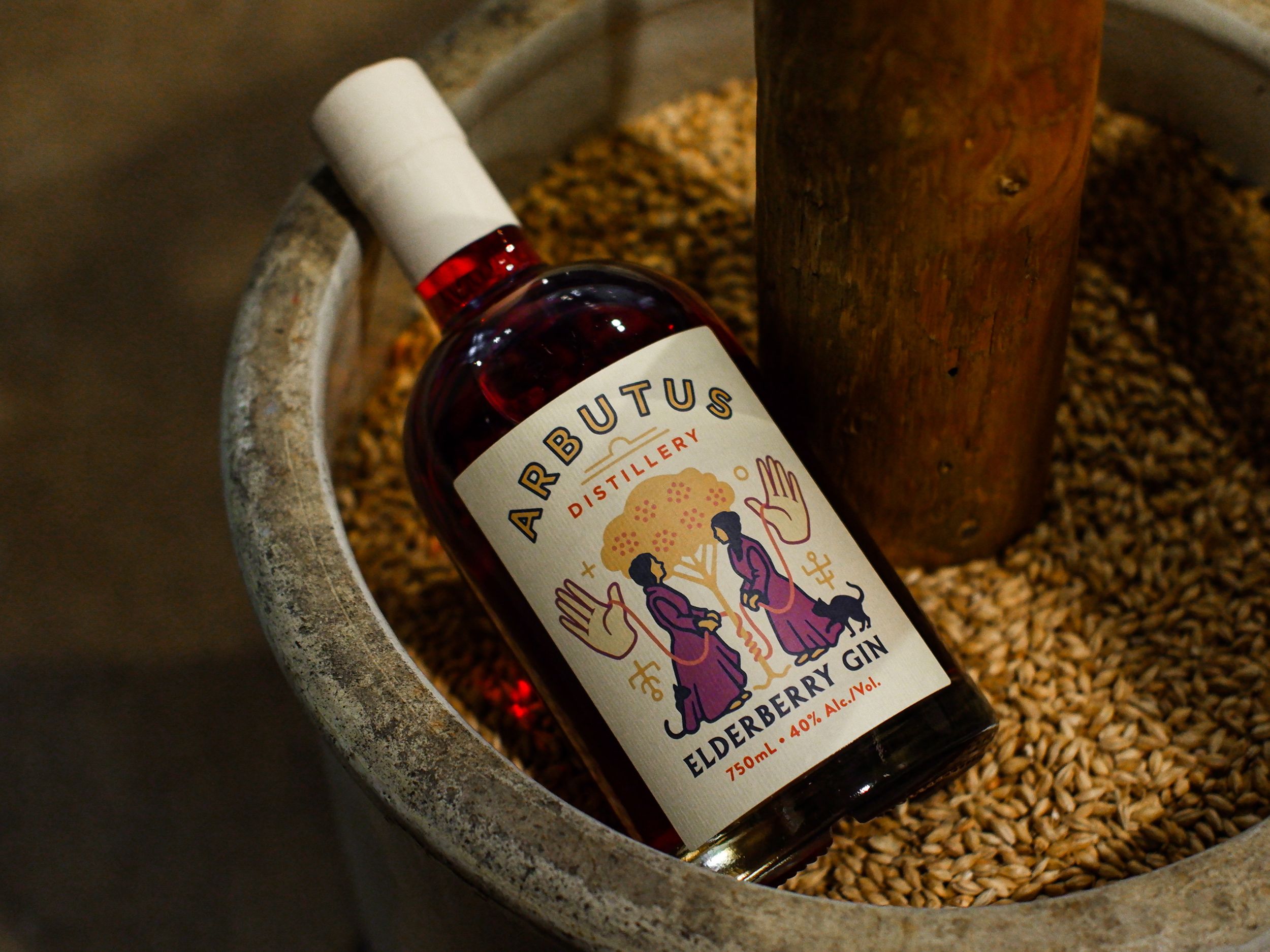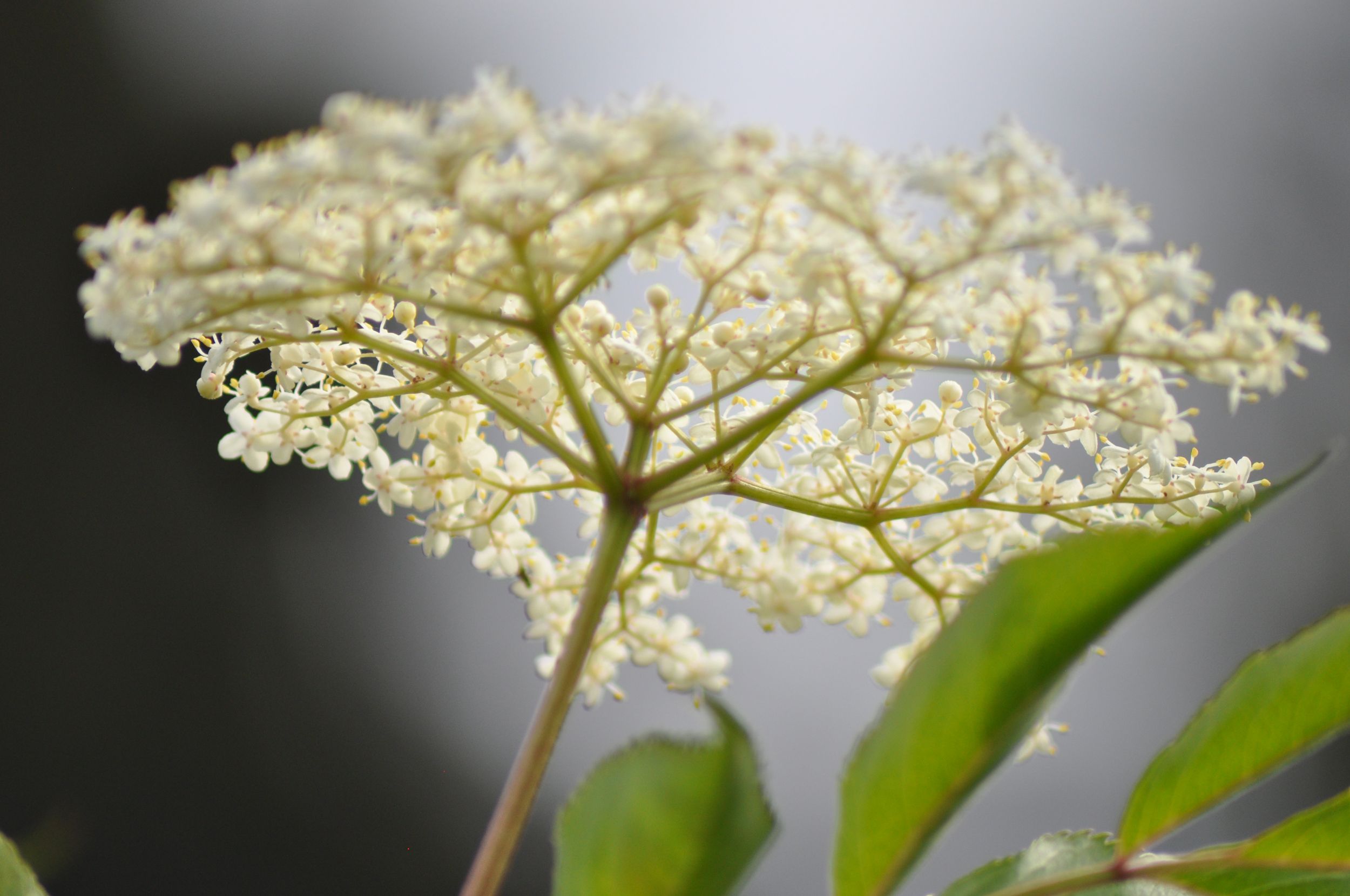Benevolent Botanicals
“Around the world, it seems, there is not a tree or shrub or delicate wildflower that has not been harvested, brewed and bottled. Every advance in botanical exploration or horticultural science brought with it a corresponding uptick in the quality of our spirituous liquors.” –Amy Stewart, The Drunken Botanist
Few industries have thrived over the last decade as dramatically as craft distilling, which, in British Columbia, has blossomed to some 22 distilleries on and around Vancouver Island alone. The increase coincides with the lifting of restrictions in place for almost a century and an array of changes to licensing and government markup policies. The resulting “grain to glass” movement has sparked a passion for the use of local ingredients, including homegrown botanicals, where feasible.
Botanicals are the crucial flavouring agents added primarily to gin and, occasionally, to other spirits. What constitutes a botanical? Almost anything qualifies, from flowers, herbs and berries to spices, roots, leaves and more. Also—almost without exception—they’re good for us.
 The one botanical required by law to be in gin is juniper (which is a conifer). Others used include citrus (such as lemon, lime, orange and grapefruit peel), anise, angelica, cardamom, licorice, cinnamon, coriander, cassia, nutmeg and more. The earliest recorded use of the juniper berry as medicine dates from the second century A.D., although on this continent, First Nations have used elderberry and juniper since time immemorial.
The one botanical required by law to be in gin is juniper (which is a conifer). Others used include citrus (such as lemon, lime, orange and grapefruit peel), anise, angelica, cardamom, licorice, cinnamon, coriander, cassia, nutmeg and more. The earliest recorded use of the juniper berry as medicine dates from the second century A.D., although on this continent, First Nations have used elderberry and juniper since time immemorial.
A handful of craft distillers on Vancouver Island are exploring local ingredients—such as kelp, elderflower and spruce tips that, to borrow a wine term, speak directly to their “terroir.” Imagine the surprise of the judges at London’s World Gin Awards when they discovered that Sheringham Distillery’s Seaside Gin (2019 Best Contemporary Gin in the World) contained winged kelp—and that it came from a relative upstart, on the windswept shores of Canada’s remote, westernmost edge. Shortly after founding their distillery in 2015, Alayne and Jason MacIsaac sought to capture the “sea air” freshness of their oceanside location, in the bottle. Very much ahead of the curve, they explored working with kelp, which they found yields bright and clear flavours as well as a distinctly salty brininess.
At DEVINE Distillery in Saanich, owner Kevin Titcomb endeavours to use local B.C. ingredients as much as possible, such as grain, fruit and grapes, for raw spirits. “However, we have been growing some botanicals,” he says. “We’ve planted wormwood, mugwort, St. John’s wort and horehound.” Most of these are used in DEVINE’s Genever, the first to be made in Canada. A Dutch malted spirit, Genever dates from 1575. It was a predecessor to English gin—improved by much needed purity standards imposed by Parliament in 1751—and evolved in the 19th century to London Dry Gin.
“Even though what we’re growing does really well as niche botanicals,” says Titcomb, “where we need larger quantities (such as juniper), we can never grow enough to satisfy our entire production needs. So we planted five or six (niche botanicals) that we can use in smaller amounts.”
In Nanaimo, Arbutus Distillery’s Michael Pizzitelli also tries “to use local elements wherever we can, depending on what’s available—including elderflower and elderberries,” he says. “We decided we wanted to emulate St-Germain” (a popular French liqueur). “Elderflower grows here and there are also wild versions, so we’re trying to make one that’s unique to B.C.” They pick the flower at peak season, de-stem and dry it, before soaking in the (B.C. wheat) alcohol. Arbutus also makes Forest Dweller, a unique gin aged with foraged conifers such as spruce tips, pine and grand fir.
In the Cowichan Valley, Ampersand Distilling co-owner Jeremy Schacht says it’s not feasible to use locally grown botanicals to make their hallmark gin. “We need that classic and very consistent profile. It’s tricky because, while you can pick local juniper, some are lovely but others are overly piney and not what we’re looking for. It’s not a straight-forward process.”
But Ampersand does use local green walnuts in its Nocino walnut liqueur. “They’re great because they don’t ripen up,” he says. “And when they do the squirrels go crazy—so people are more than happy to have them picked before they’re ripe.”
The distiller says one botanical he has planted is iris, whose rhizomes will in time produce orris root. It’s a lengthy process. “You have to grow it long enough so the rhizomes can split to allow for harvest. Then it takes two or three years to age and develop a lovely, violet aroma,” he explains. For now, Ampersand is content to focus on using B.C. ingredients for its spirits. “We buy organic wheat from the mainland. I think it’s great to help B.C. farmers; to take what would be a hayfield and turn it into a producing grain field and wheat,” says Schacht.
Most, if not all, modern spirits use botanicals that can be traced back several centuries. Burgundy’s les Hospices de Beaune, founded in 1443, cared for the poor and destitute in bad health free of charge. At its heart, a botanical dispensary was run by nuns, the accomplished apothecaries of the day. Over the years, those botanicals haven’t much changed.
Each of the 14 that goes into Island Spirits Distillery’s gin has its own health benefit, notes Hornby Island distiller Pete Kimmerly. Juniper, for example, settles the stomach. Coriander is an anti-inflammatory that can ease arthritis. Licorice root is in just about every cough syrup, and cinnamon enhances the liver. Like others, Kimmerly buys his key botanicals in bulk from the mainland. However, he too produces a popular elderflower liqueur made with locally foraged blossoms in season.
“All of our botanicals flow from Middle Ages medicine,” says Kimmerly. “With a lineup like that, with so many beneficial properties, really, what’s not to like?”
Photos provided by Ampersand Distilling, Arbutus Distillery and DEVINE Distillery





